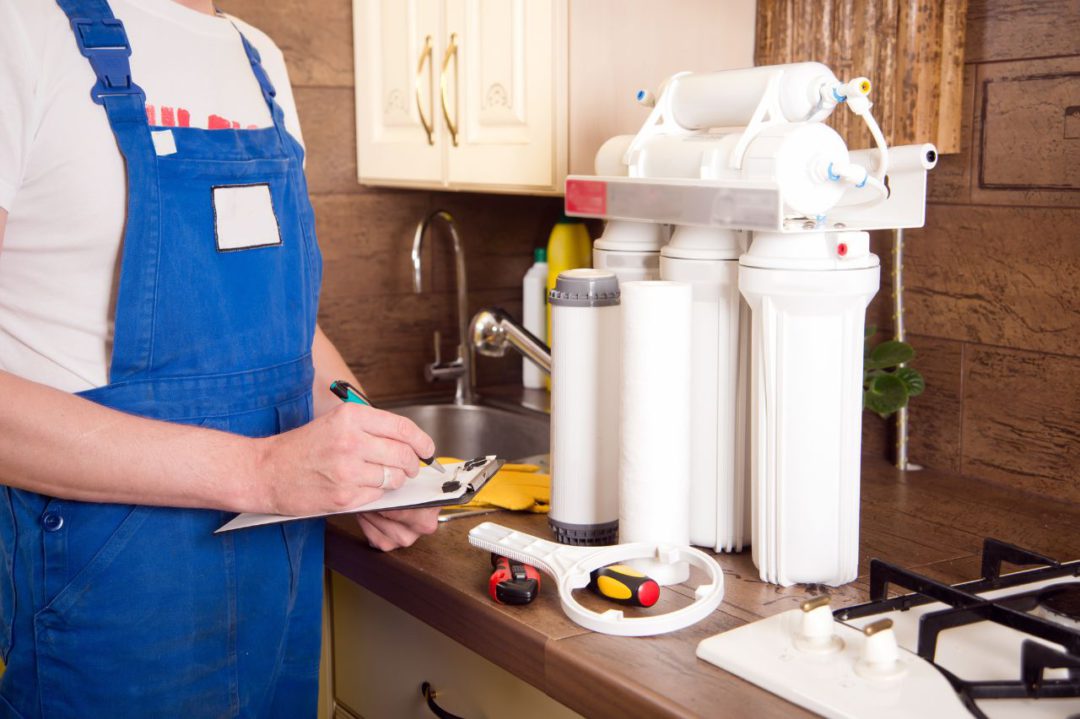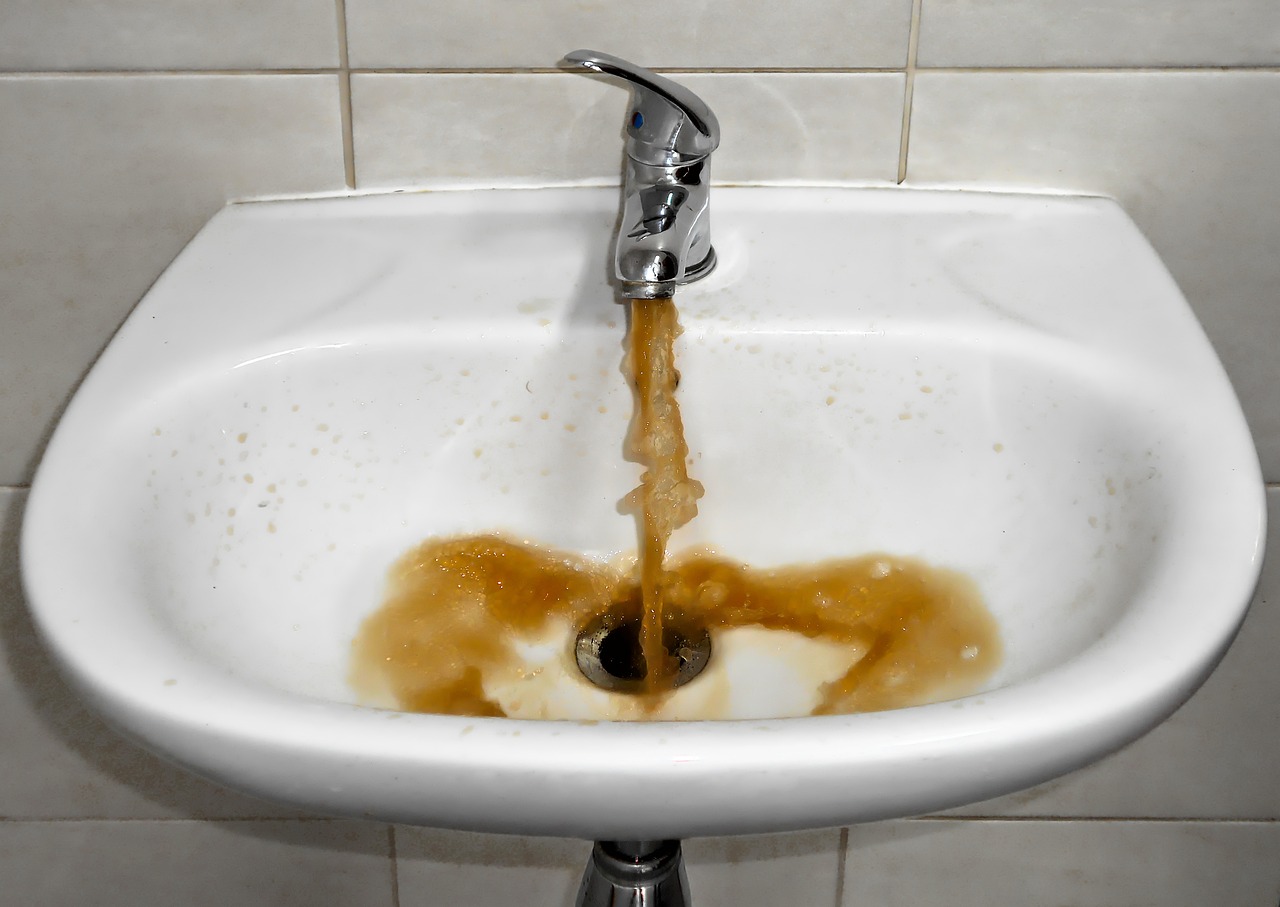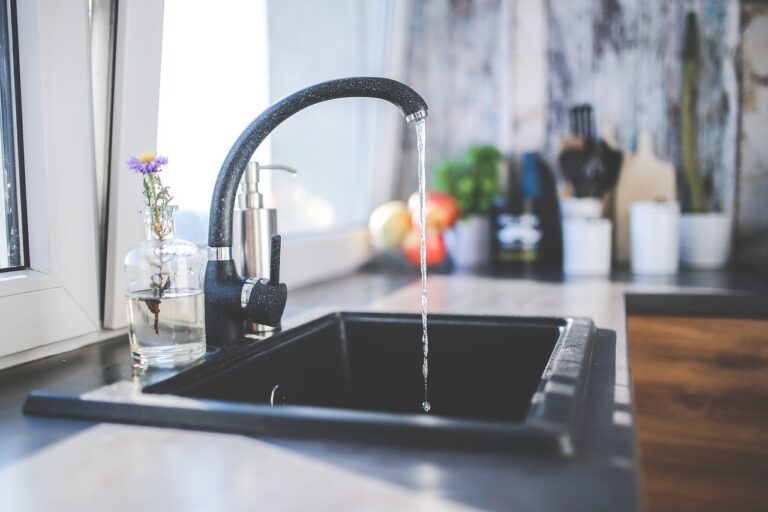Why Is My Tap Water Contaminated?
Key Takeaways:
- Common tap water contaminants and their sources: Learn about the presence of harmful substances like lead, flouride, arsenic, copper, mercury, PFAS, Cryptosporidium, chloramines, nitrate, and VOCs in tap water and their potential health risks.
- Health risks associated with tap water contaminants: Understand the adverse effects contaminants can have on human health, such as developmental delays, respiratory issues, hormonal imbalances, and increased cancer risks.
- The role of government regulations in tap water safety: Recognize the importance of government regulations, like the Safe Drinking Water Act in the United States, in setting standards and monitoring tap water quality, while acknowledging the need for individual action.
Discover the hidden risks in your tap water. Unveil the truth about harmful contaminants and chemical additives that may jeopardize your health. This eye-opening article exposes the dangers you might be unaware of. But don’t worry, we’ll also equip you with valuable insights to safeguard yourself and your loved ones. Learn about the importance of water filtration systems, the advantages of purified water, and simple steps to ensure your tap water is clean and safe. Prepare to confront the shocking realities and empower yourself with the knowledge needed to make informed decisions about your water consumption. Delve into the truth today!
Common Tap Water Contaminants and Their Sources

Tap water can contain a wide range of contaminants, each with their own potential health risks. Let’s take a closer look at some of the most common tap water contaminants and their sources.
1. Lead
Lead is a highly toxic heavy metal that can find its way into tap water through aging infrastructure, such as pipes and plumbing fixtures. Exposure to lead can have severe health consequences, especially for children and pregnant women. It can affect the development of the nervous system, leading to learning disabilities, behavioral problems, and reduced IQ. To minimize exposure to lead, it is important to be aware of the materials used in your plumbing system and consider installing a water filter that is certified to remove lead.
2. Flouride
Fluoride is a naturally occurring element found in soil and is classified as a compound of fluorine with another element. One of the most well-known uses of fluoride is its addition to public drinking water supplies in the form of a fluoride salt, typically at a concentration of one milligram per liter (mg/L). This is done to help reduce tooth decay and promote dental health.
3. Arsenic
Arsenic is a naturally occurring element that can contaminate groundwater, which is a common source of tap water. Long-term exposure to arsenic can increase the risk of various health conditions, including cancer, cardiovascular disease, and skin problems. It is particularly important for individuals who rely on private wells for their water supply to test for arsenic and consider appropriate treatment methods if necessary.
4. Copper
Copper is an essential mineral that our bodies need in small amounts. However, excessive levels of copper in tap water can be harmful, especially for individuals with certain health conditions, such as Wilson’s disease. Copper can leach into water from copper pipes and plumbing fixtures, particularly if the water has high acidity or low mineral content. To reduce copper exposure, consider using a water filter that is specifically designed to remove heavy metals.
5. Mercury
Mercury is a toxic heavy metal that can contaminate tap water through industrial pollution and natural sources. Chronic exposure to mercury can have detrimental effects on the nervous system, leading to neurological disorders and developmental issues in children. To minimize mercury exposure, it is important to be aware of potential sources, such as coal-fired power plants, and advocate for stricter regulations to reduce mercury pollution.
6. Per- and Polyfluoroalkyl Substances (PFAS)
PFAS are a group of man-made chemicals that have been widely used in various industries, including the production of non-stick cookware, stain-resistant fabrics, and firefighting foams. These chemicals are known as “forever chemicals” because they do not break down easily in the environment. PFAS can enter tap water through industrial discharges, contaminated groundwater, and even through the use of certain consumer products. Long-term exposure to PFAS has been linked to a range of health issues, including cancer, hormone disruption, and immune system dysfunction. To reduce exposure to PFAS, consider using a water filter that is specifically designed to remove these chemicals.
7. Cryptosporidium
Cryptosporidium is a microscopic parasite that can cause gastrointestinal illness when ingested. It is commonly found in lakes, rivers, and other sources of surface water. While municipal water treatment plants are designed to remove or inactivate Cryptosporidium, it can still pose a risk, especially in areas with inadequate water treatment or in situations where the water supply is compromised. To minimize the risk of Cryptosporidium contamination, consider boiling your tap water or using a water filter that is certified to remove this parasite.
8. Chloramines
Chloramines are disinfectants that are commonly used in water treatment to kill bacteria and viruses. While chloramines are effective at disinfection, they can react with organic matter in the water to form potentially harmful byproducts, such as trihalomethanes (THMs). Long-term exposure to THMs has been associated with an increased risk of bladder cancer, reproductive problems, and developmental issues in children. To reduce exposure to chloramines and their byproducts, consider using a water filter that is specifically designed to remove these compounds.
9. Nitrate
Nitrate is a naturally occurring compound that can enter tap water through agricultural runoff, septic systems, and industrial discharges. High levels of nitrate in drinking water can be particularly harmful to infants, as it can interfere with the oxygen-carrying capacity of their blood and lead to a condition known as “blue baby syndrome.” To ensure the safety of your tap water, it is important to regularly test for nitrate and take appropriate measures to address any issues that arise.
10. Volatile Organic Compounds (VOCs)
VOCs are a group of chemicals that can enter tap water through industrial pollution, spills, and the use of certain consumer products. Exposure to VOCs has been linked to various health problems, including cancer, liver damage, and reproductive issues. To reduce exposure to VOCs, consider using a water filter that is specifically designed to remove these chemicals.
Health risks associated with tap water contaminants
The presence of contaminants in tap water can pose significant health risks. For instance, exposure to lead has been linked to developmental delays in children, increased blood pressure, and kidney problems. Chlorine, which is commonly used to disinfect tap water, can have adverse effects on respiratory health, particularly for individuals with asthma or other respiratory conditions. Pesticides and pharmaceuticals in tap water have also raised concerns, as long-term exposure to these substances can lead to hormonal imbalances and even contribute to the development of certain cancers.
The role of government regulations in tap water safety

Ensuring the safety of tap water is a shared responsibility between individuals and government bodies. Government regulations play a crucial role in setting standards for tap water quality and monitoring compliance. In the United States, the Environmental Protection Agency (EPA) establishes and enforces regulations to protect public health. The Safe Drinking Water Act (SDWA) sets maximum contaminant levels for various substances and requires regular testing and reporting by water suppliers. However, despite these regulations, it is important for individuals to take proactive measures to protect themselves from tap water contaminants.
Testing your tap water for contaminants
To determine the quality of your tap water, it is advisable to have it tested for contaminants. There are various options available for testing, ranging from DIY test kits to professional laboratory testing. DIY test kits are convenient and affordable, allowing you to test your tap water for common contaminants such as lead, chlorine, and bacteria. If you prefer a more comprehensive analysis, professional laboratory testing can provide detailed information about the presence of a wide range of contaminants in your tap water. Testing your tap water will give you a clear understanding of the potential risks and allow you to take appropriate actions to protect your health.
Water filtration systems for improved tap water quality

Investing in a water filtration system is one of the most effective ways to improve the quality of your tap water. There are various types of water filtration systems available, including activated carbon filters, reverse osmosis systems, and UV filters. Activated carbon filters are commonly used to remove chlorine, volatile organic compounds (VOCs), and unpleasant tastes and odors from tap water. Reverse osmosis systems are highly effective in removing a wide range of contaminants, including lead, arsenic, and pharmaceuticals. UV filters use ultraviolet light to disinfect tap water and eliminate bacteria and viruses. Choosing the right water filtration system will depend on your specific needs and the contaminants present in your tap water.
Alternatives to tap water: Bottled water and filtered water
While tap water can be a convenient and cost-effective option for many, some individuals may prefer alternatives such as bottled water or filtered water. Bottled water provides a portable and readily available option for clean drinking water. However, it can be expensive and contribute to plastic waste. Filtered water, on the other hand, offers a more sustainable solution. Portable water filters, such as water filter pitchers and faucet filters, can effectively remove contaminants from tap water, providing a convenient and eco-friendly alternative. It is important to consider the environmental impact and cost-effectiveness of these alternatives when making a choice.
Tips for reducing tap water contamination
In addition to using water filtration systems, there are several simple steps you can take to reduce tap water contamination. First, avoid using hot tap water for cooking or drinking, as hot water can leach more contaminants from plumbing systems. Instead, use cold tap water and heat it as needed. Second, regularly clean and disinfect your faucets and plumbing fixtures to prevent the buildup of bacteria and other contaminants. Third, be mindful of the products you use in your home that can potentially contaminate water, such as certain cleaning agents and pesticides. Opt for environmentally friendly and non-toxic alternatives whenever possible. Lastly, be conscious of your water usage and avoid wasting water unnecessarily, as it puts additional strain on water treatment systems.
The impact of tap water on the environment

While ensuring the safety of tap water is crucial, it is equally important to consider the impact of our water consumption on the environment. The production and disposal of plastic water bottles contribute to pollution and waste. Additionally, the energy required to extract, process, and transport bottled water has a significant carbon footprint. By opting for tap water and using filtration systems, we can reduce our reliance on single-use plastics and minimize our environmental footprint. It is a collective effort to protect both our health and the planet.
Closing Thoughts
In closing, it’s important to recognize the hidden dangers that exist in tap water, as they can pose significant health risks. Although government regulations help maintain water safety, individuals must also take responsibility for their own well-being. Testing tap water, using water filtration systems, and embracing sustainable alternatives are essential steps toward ensuring cleaner and safer drinking water. By being informed and proactive, you can protect yourself and your loved ones from the hidden dangers that may lurk in your tap water, promoting a healthier future for all.







